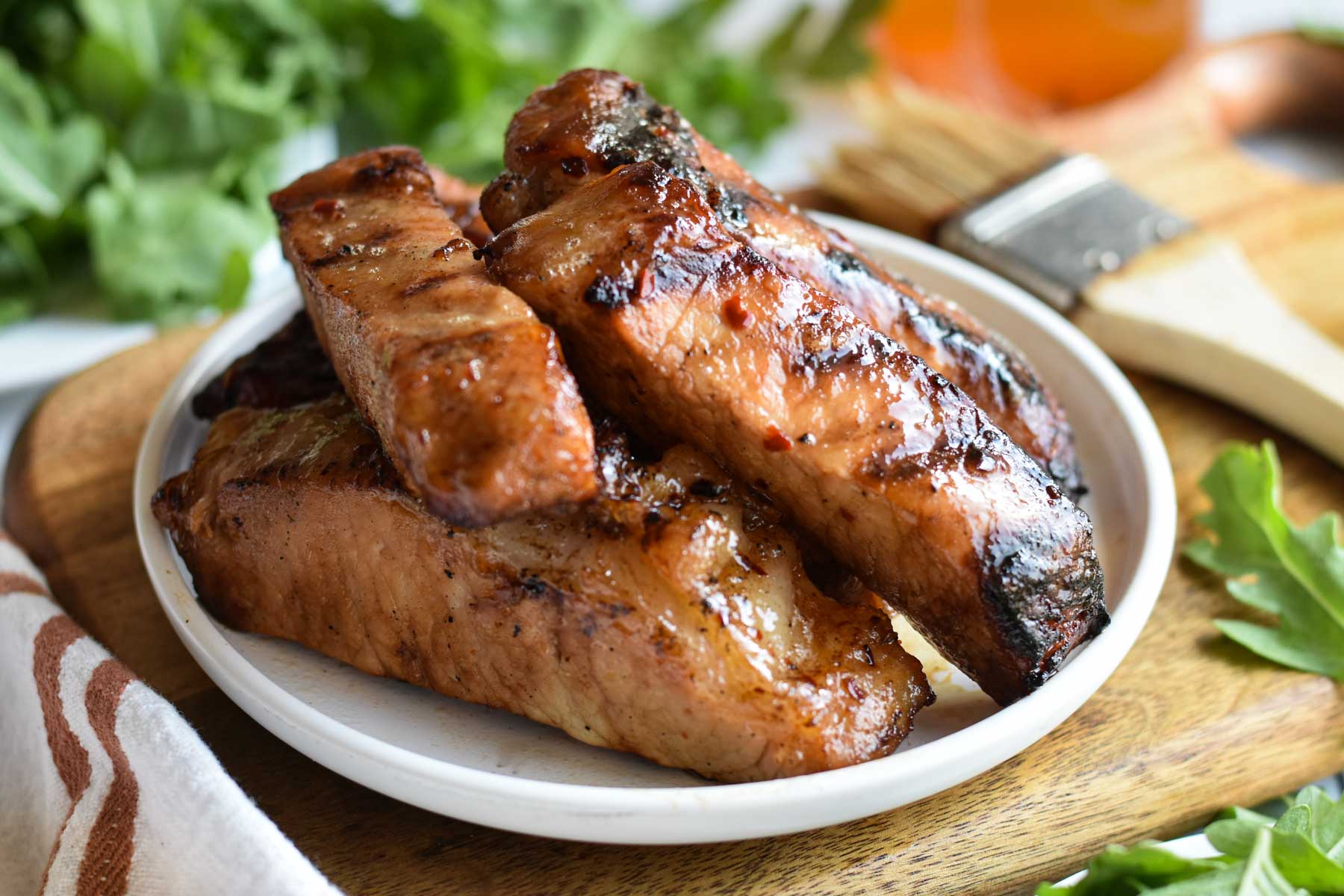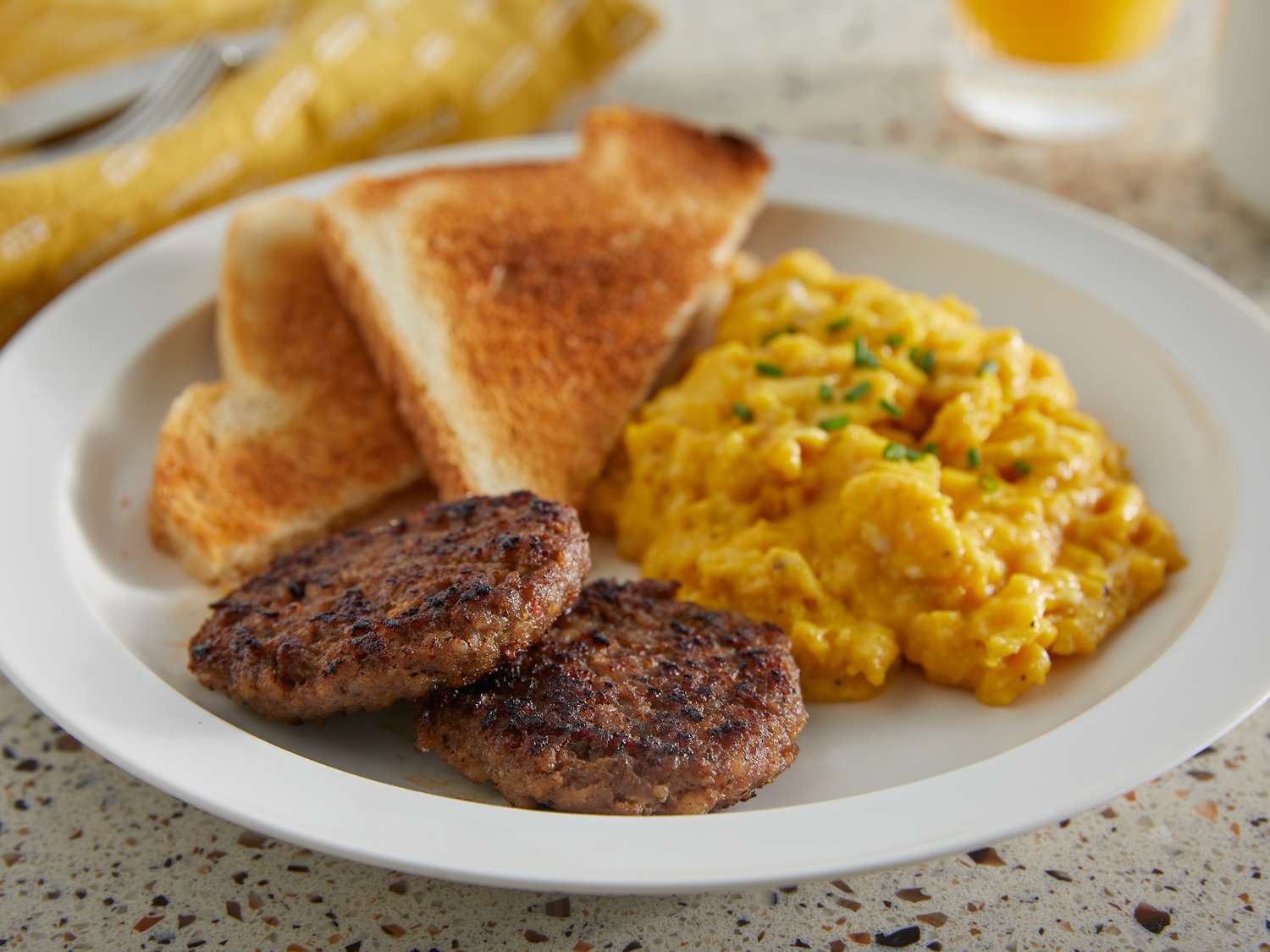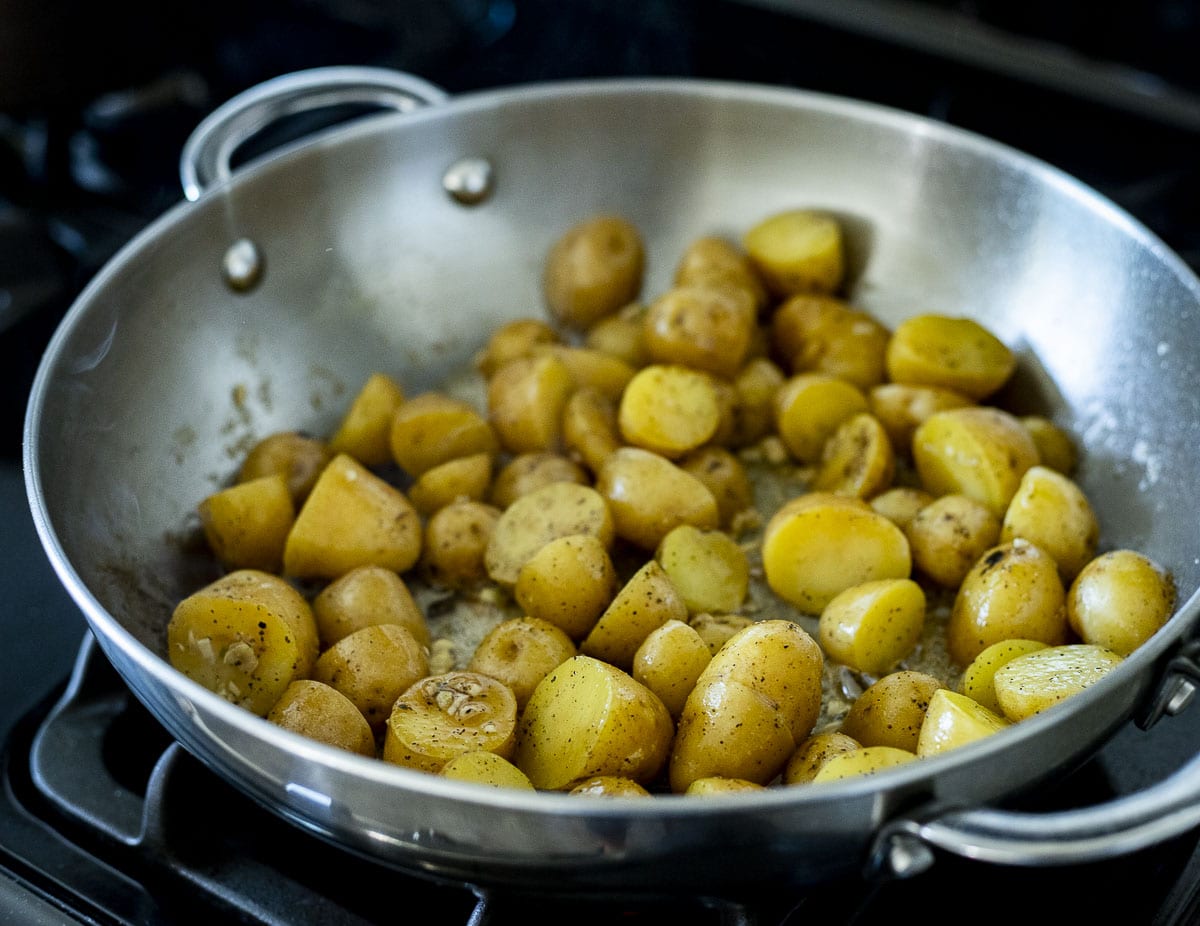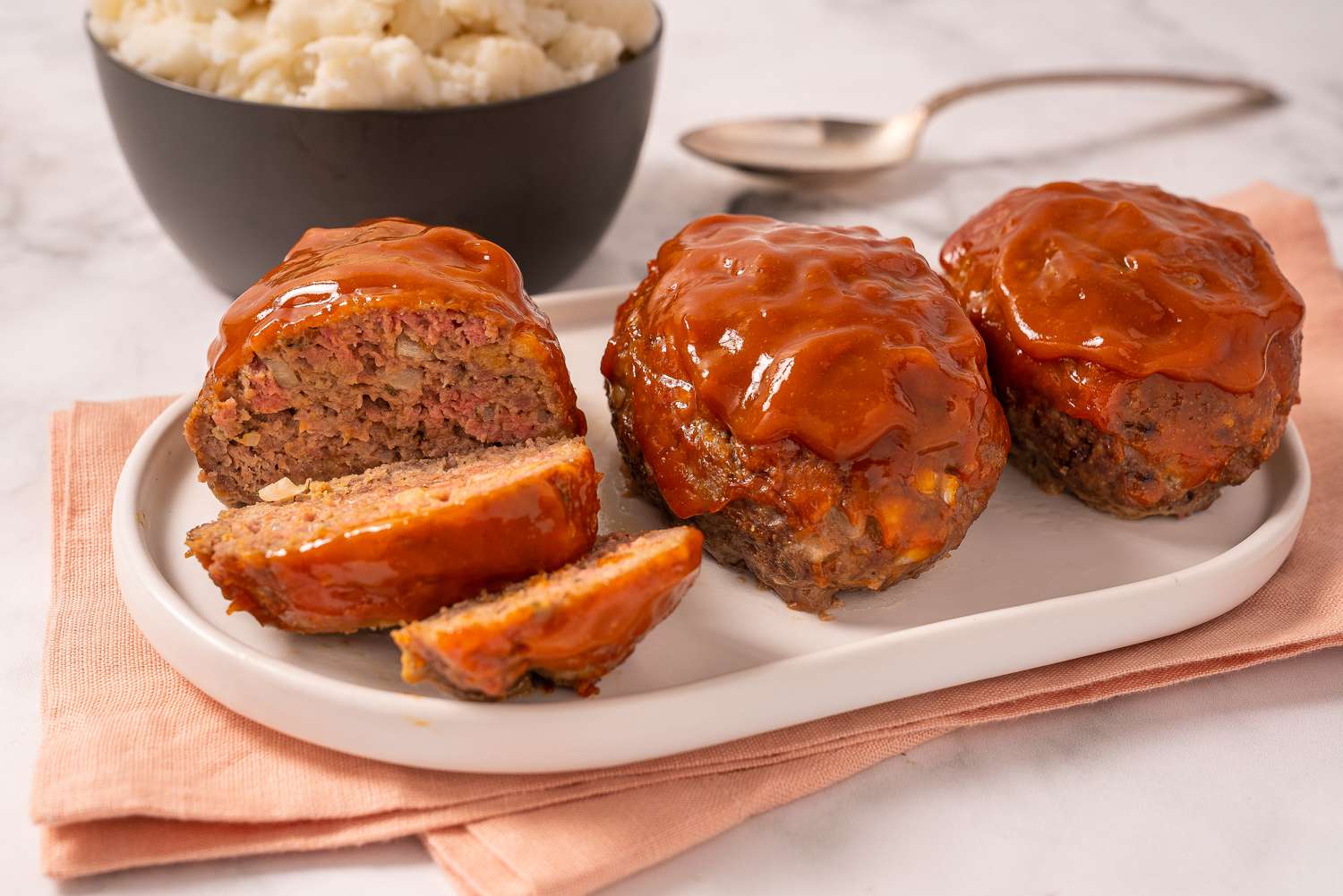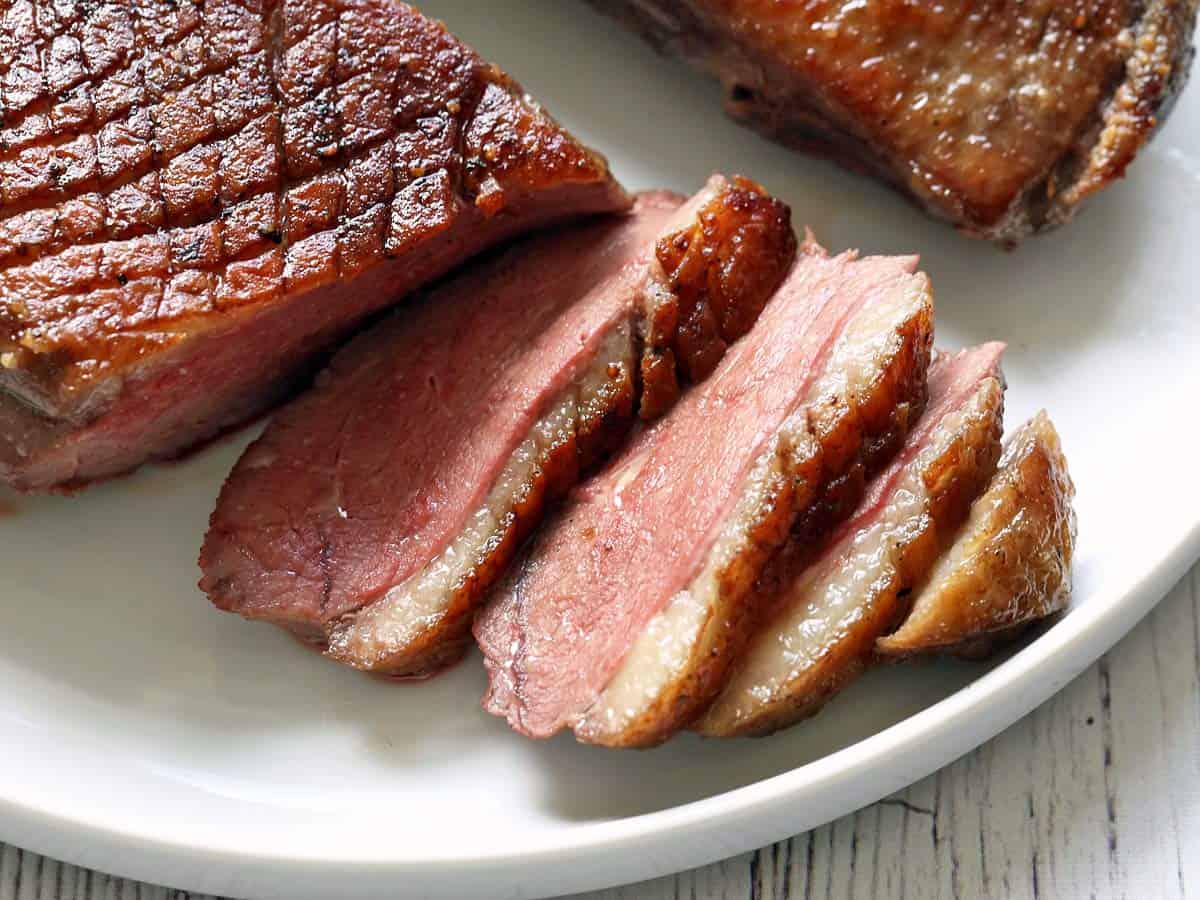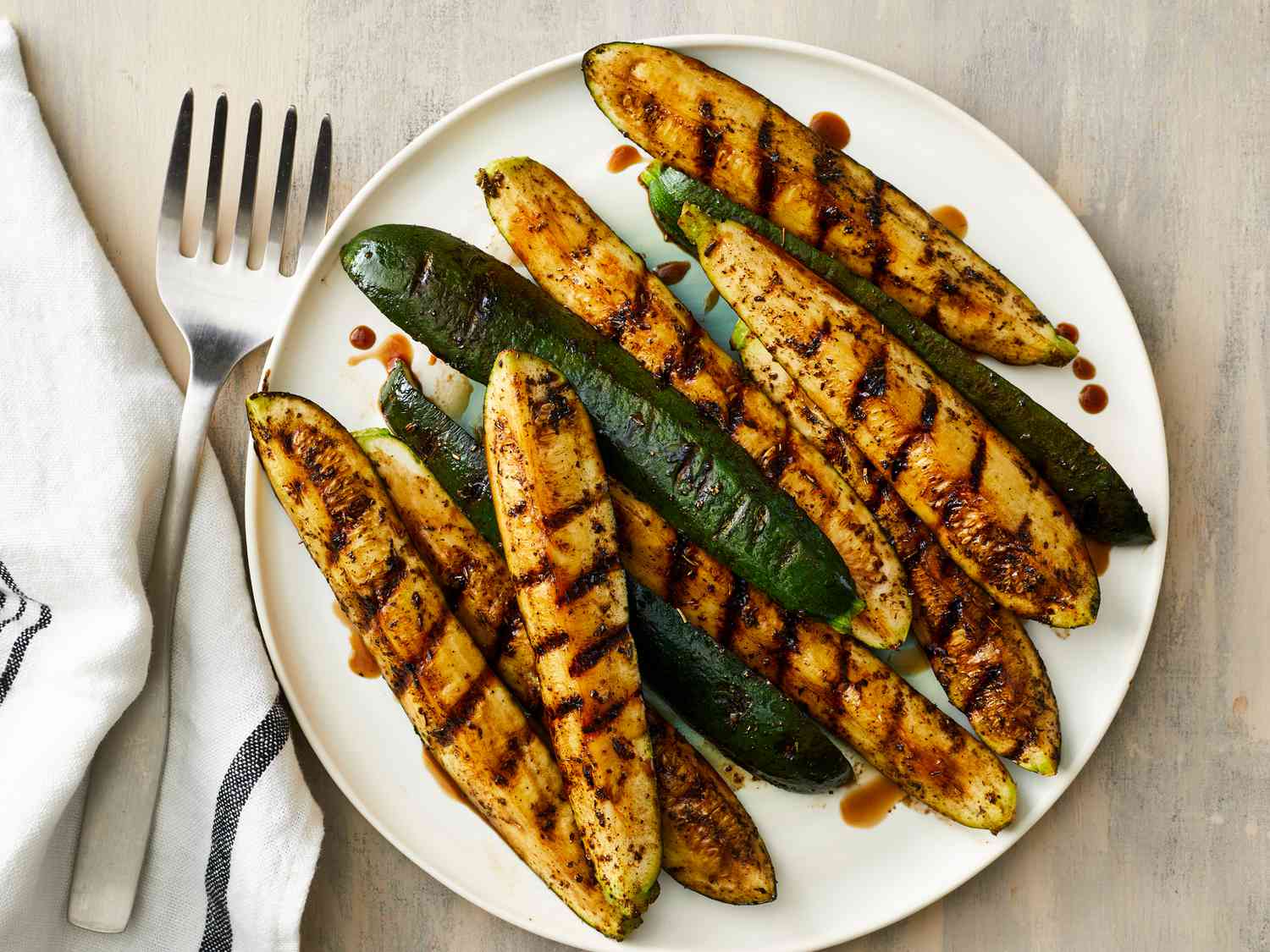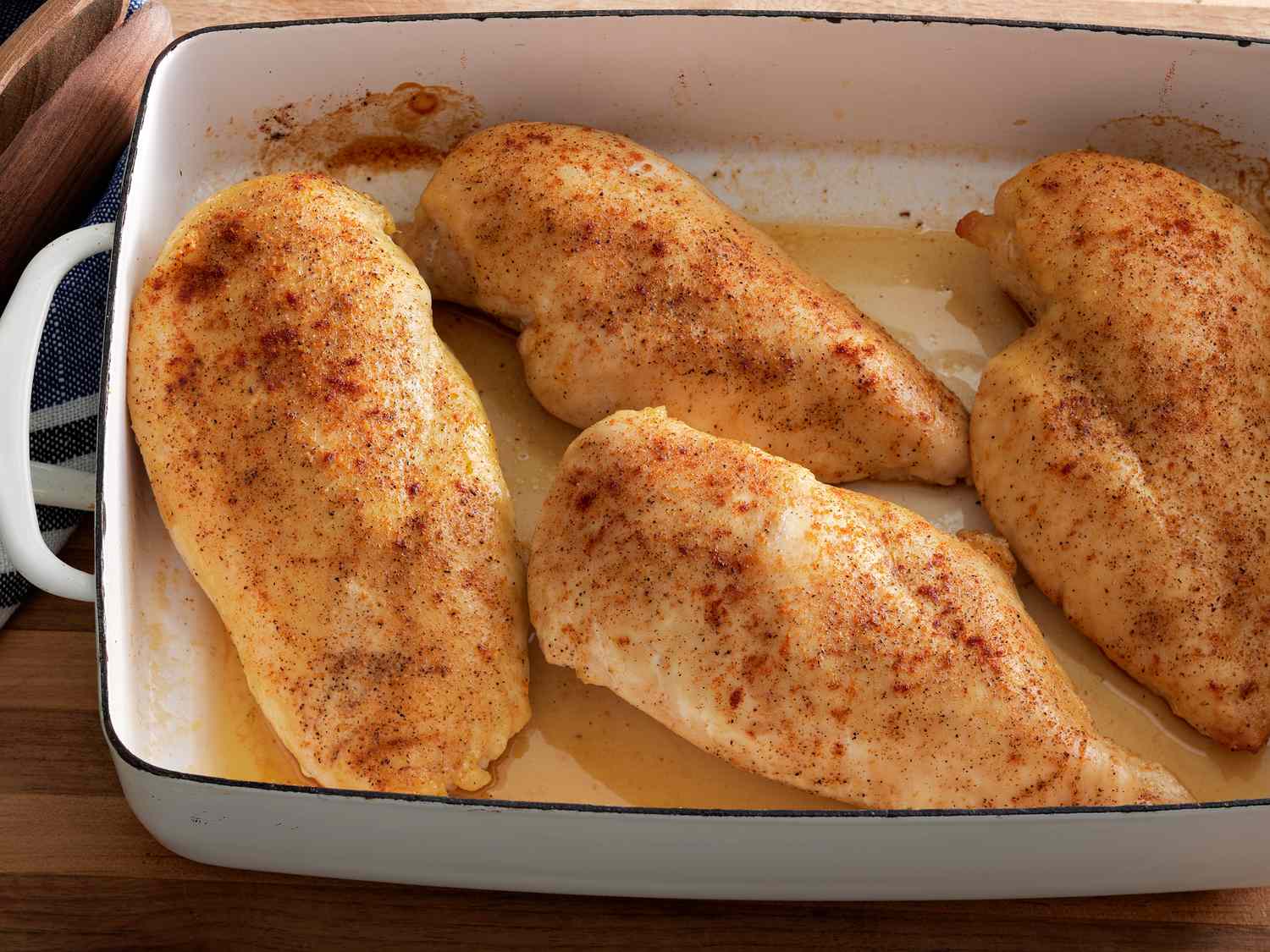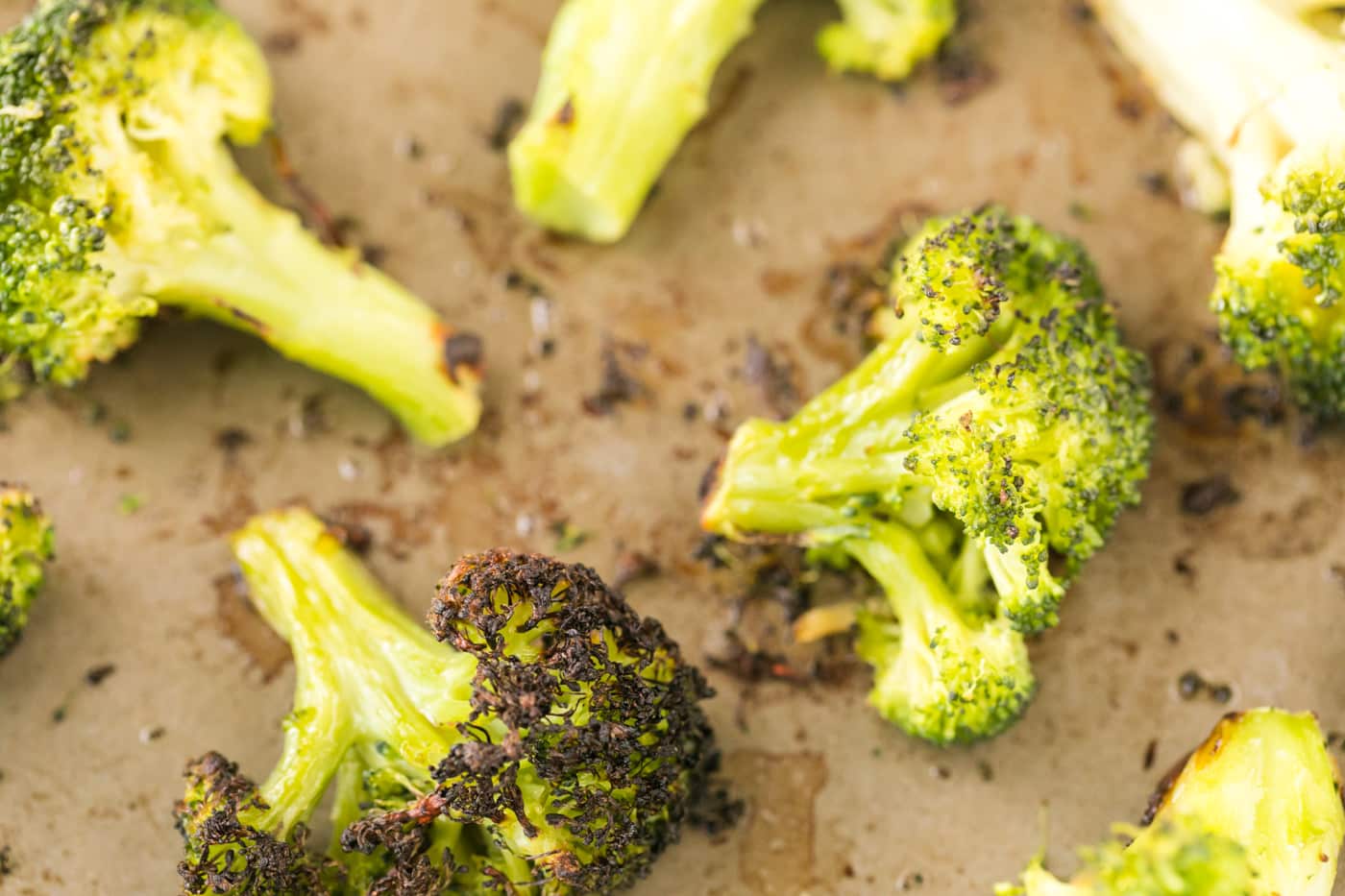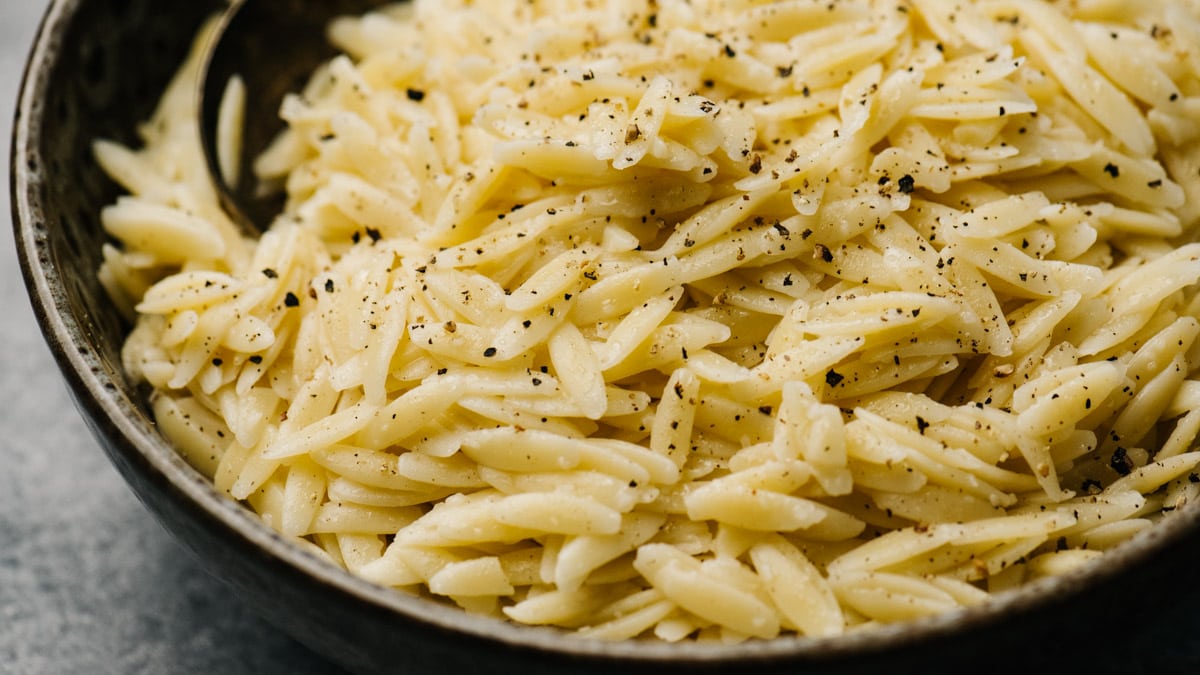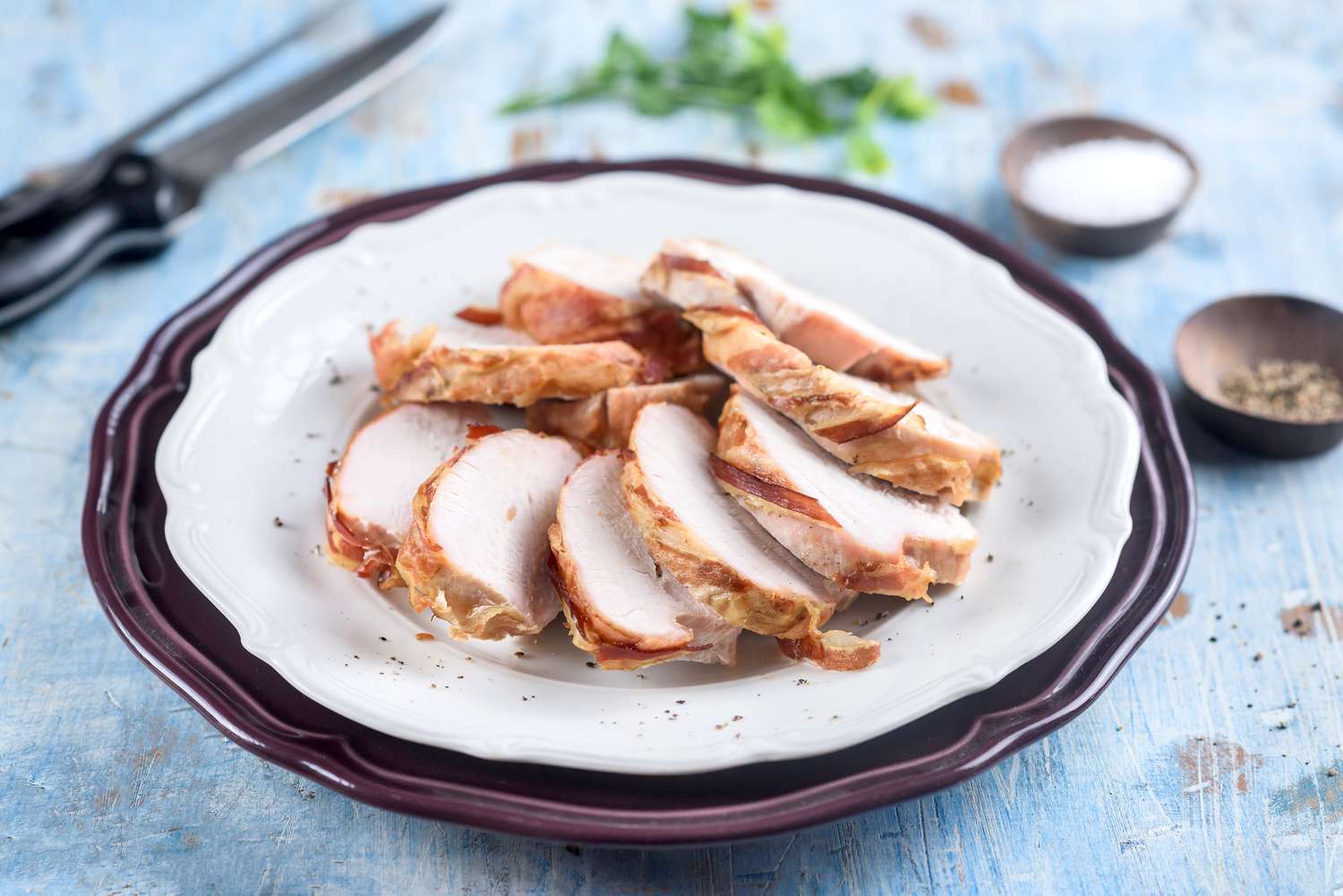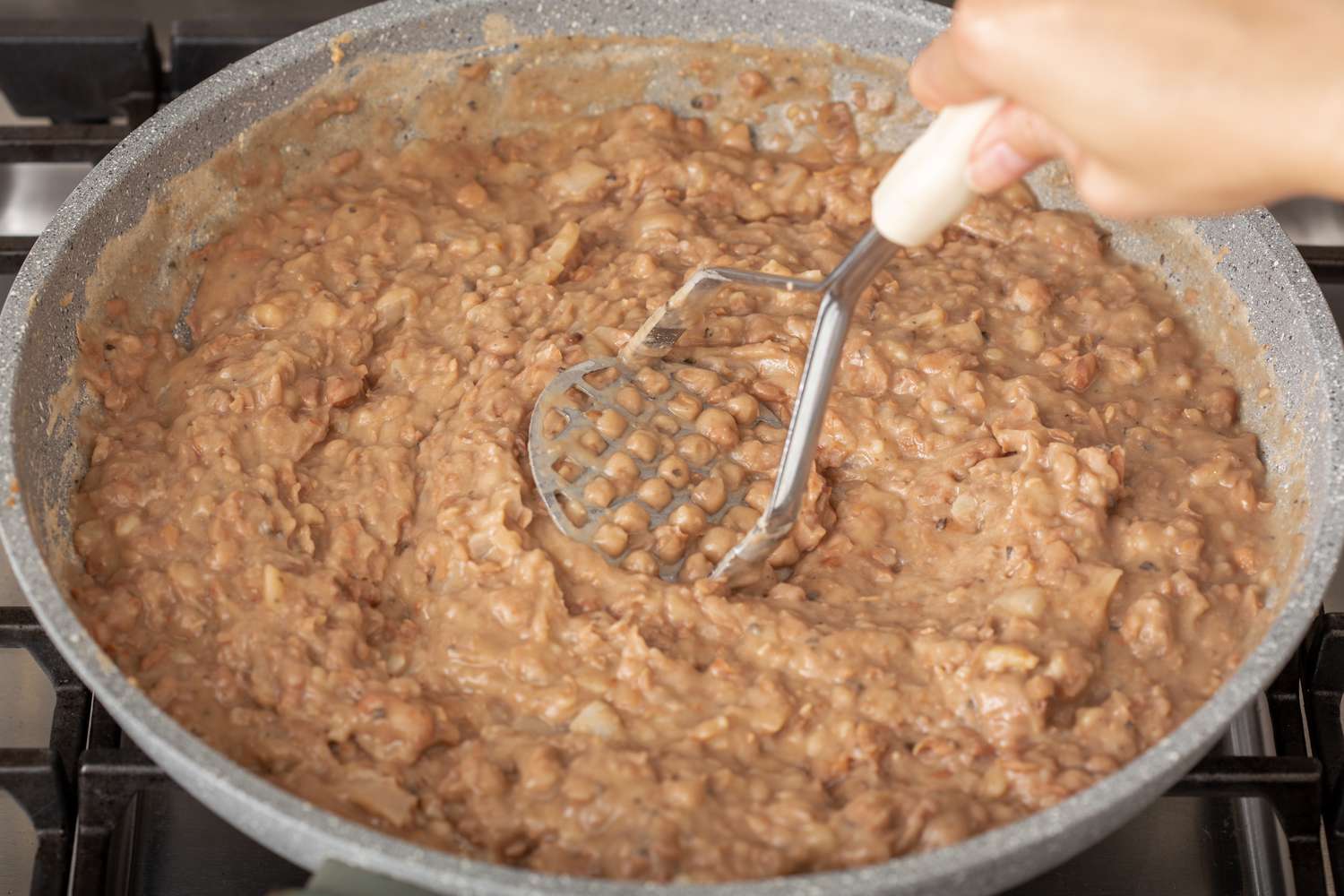Preparing Meals When the Power is Out: Cooking Without Electricity
Imagine a scenario where you find yourself without electricity and modern kitchen appliances. It could be due to a power outage, a camping trip, or simply wanting to embrace a more rustic cooking experience. Don’t worry, cooking delicious meals without electricity is not only possible, but it can also be an exciting culinary adventure! Here are some creative methods to help you prepare meals without relying on electricity:
1. Embrace the Flames: Cooking over an Open Fire
There’s something delightful about cooking over an open fire—it brings back a sense of nostalgia and a primal connection to our ancestors. Whether it’s a backyard bonfire or a campsite, fire can be a fantastic cooking tool. Here’s how you can do it:
- Build a sturdy fire using dry wood and kindling.
- Place a grill grate or metal stand over the flames.
- Skewer vegetables, meat, or fish on long metal skewers or sticks.
- Hold your food over the fire, close enough to cook but not burn.
- Rotate the skewers to ensure even cooking.
Remember, patience is key when cooking over an open fire. Adjusting the distance from the flames and mastering the art of temperature control are essential skills to ensure your food is cooked to perfection.
2. Get Cooking Gear: Utilizing a Camping Stove or Portable Grill
If an open fire is not feasible, consider investing in a camping stove or portable grill. These handy devices are specifically designed for outdoor cooking and are powered by propane or charcoal. Here’s how to use them:
- Ensure you have the appropriate fuel on hand, be it propane canisters or charcoal briquettes.
- Follow the manufacturer’s instructions to assemble and ignite the stove or grill.
- Place your cookware or grilling rack on the heat source.
- Adjust the flames or charcoal distribution for precise temperature control.
- Cook your meals just as you would on a regular stovetop or grill.
Camping stoves and portable grills provide a convenient alternative to traditional electric cookers. They are lightweight, compact, and can be easily transported for various outdoor adventures.
3. Harness the Sun: Solar-Powered Cooking
For a more eco-friendly approach, harness the power of the sun to cook your meals. Solar-powered cookers are an ingenious invention that utilizes sunlight for heat. Here’s how you can use them:
- Choose a solar cooker that suits your needs, such as a parabolic reflector or box cooker.
- Set up your solar cooker in a location with direct sunlight.
- Place your ingredients in a heat-safe pot or pan.
- Position the pot inside the solar cooker.
- Adjust the reflectors or lid to maximize sunlight concentration.
- Allow the ingredients to cook slowly over time.
Solar-powered cooking is not only energy-efficient but also preserves the natural flavors and nutrients of your ingredients. It may take longer than traditional methods, but the results are worth the wait!
4. Embrace the Cold: No-Cook Meals and Refrigeration Alternatives
When electricity is not available, consider exploring no-cook meal options that are equally delicious and refreshing. Some ideas include:
- Salads made with fresh greens, veggies, and pre-cooked proteins like chicken or beans.
- Sandwiches filled with your favorite deli meats, cheeses, and veggies.
- Wraps or roll-ups using tortillas or lettuce as a base.
- Fruit and cheese platters for a light, satisfying snack.
If you need to keep perishable items fresh without a refrigerator, you can try these alternatives:
- Use a cooler filled with ice packs or frozen water bottles to store foods temporarily.
- Utilize natural cold sources like basements, caves, or streams to keep items chilled.
Remember to consume perishable items in a timely manner and maintain proper food safety practices to prevent spoilage.
So, next time you are faced with a lack of electricity, don’t fret. With these methods, you can continue to enjoy delicious meals and embrace the charm of cooking without relying on modern technology. Get creative, explore new flavors, and embark on an unforgettable culinary adventure!
1. Utilize a gas or charcoal grill for outdoor cooking.
2. Use a camping stove or portable butane stove indoors.
3. Invest in a solar-powered cooker or oven.
4. Embrace traditional methods like open fire cooking or clay pot cooking.
5. Consider using a pressure cooker or thermal cooker for energy-efficient cooking.
Remember, safety should always be your top priority when cooking without electricity.
1. Build a fire using dry wood and ensure you have a steady flame.
2. Place a grill or a sturdy metal grate over the fire.
3. Allow the flames to die down and create a bed of hot coals.
4. Place your food on the grill or skewer it over the flames.
5. Adjust the cooking time depending on the intensity of the heat and the type of food you are cooking.
Remember to have the necessary tools like long utensils and oven mitts for safety.
1. Set up your solar cooker in an area with direct sunlight.
2. Place your food in a heat-resistant pot or container.
3. Set the pot inside the solar cooker, ensuring it is stable.
4. Adjust the reflectors to maximize sunlight exposure.
5. Leave your food to cook, periodically checking the temperature and adjusting the position of the cooker if necessary.
Solar cookers work best on clear, sunny days, so keep that in mind for optimal results.
1. Use a clay or mud oven, also known as a tandoor, for baking bread or roasting meats.
2. Try the “haybox” method, where food is brought to a boil and then placed in an insulated container to cook slowly.
3. Utilize a wok or cast-iron skillet for stir-frying or deep-frying over an open flame.
4. Explore underground cooking, such as pit cooking or earth ovens, where food is wrapped in leaves and buried to cook over hot coals.
Remember to research and follow safety guidelines for each traditional method.
1. For a pressure cooker, add your ingredients and liquid, then seal the lid tightly.
2. Place the pressure cooker over an open flame or any heat source available.
3. Follow the cooking time recommended for your recipe and adjust the heat to maintain the required pressure.
4. With a thermal cooker, bring your food to a boil on a stove or fire, then transfer it to the thermal cooker.
5. Seal the cooker tightly and let it continue cooking through the retained heat for the designated period.
Both types of cookers help conserve energy and save cooking time, making them ideal alternatives without electricity.
1. Outdoor cooking: Utilize outdoor cooking methods such as grilling, using open fires, or camp stoves.
2. Solar cooking: Take advantage of the sun’s energy by using a solar cooker or constructing a DIY solar oven.
3. Dutch oven cooking: Cook with a cast-iron Dutch oven over an open fire or charcoal. It retains heat exceptionally well.
4. Pressure cooking: Invest in a stovetop pressure cooker, which uses heat and pressure to cook food faster and more efficiently.
5. Thermal cooking: Try using an insulated cooking pot or a thermal cooker, which uses retained heat to continue cooking your food.
6. Wood-fired stove: If you have access to firewood, consider cooking on a wood-burning stove or a fireplace.
7. Non-electric alternatives: Explore non-electric appliances like gas stoves, propane burners, or even camping stoves for indoor cooking.
Remember to prioritize safety, ventilation, and proper utensils while preparing meals without electricity.
1. Gas stoves: If your stove runs on natural gas or propane, it can still work even when the power is out. Ensure you have an ignition source or matches to light the burners.
2. Wood-burning stove or fireplace: Utilize a wood-burning stove or fireplace to cook indoors. Cast iron pots and pans work well on these heat sources.
3. Camping stoves: Portable camping stoves, which run on propane or other fuel sources, can be used indoors as long as they are well-ventilated to prevent carbon monoxide build-up.
4. Candle-powered stoves: Some DIY stoves can be created using candles or tea lights, but these are best for heating or warming rather than extensive cooking.
Remember to follow safety guidelines and ensure proper ventilation when cooking indoors without electricity.
1. Insulated coolers: Place perishable food items in coolers insulated with ice packs or frozen water bottles. Remember to replenish the ice as needed.
2. Root cellaring: If you have access to a cool, dark, and well-ventilated space, such as a cellar or basement, store vegetables, fruits, and some dairy products there. Check regularly for any spoilage.
3. Evaporative cooling: Wet a towel or use a clay pot filled with water and cover your food with it. As the water evaporates, it creates a cooling effect. This method is helpful in dry climates.
4. Utilize natural cold sources: If you live in colder areas, such as during winter, you can store food in sealed containers outside where the temperature is lower than indoors.
Remember to monitor food safety and discard anything that shows signs of spoilage or has been left unrefrigerated for too long.
1. Campfire cooking: Utilize an open fire or build a campfire and cook your food using grilling methods, such as skewers, grates, or foil packets.
2. Solar cooking: Construct or purchase a solar cooker or solar oven. These devices capture and utilize the sun’s heat to cook food.
3. Portable grills: Invest in portable grills, like charcoal or gas grills, which are easy to set up and use outdoors for cooking.
4. Rocket stoves: These efficient stoves use minimal fuel and produce intense heat. They are excellent for boiling water, cooking soups, or heating small pots.
Remember to adapt your cooking methods to the available resources and ensure safety measures are in place.
1. Outdoor-grilled vegetables: Take a variety of your favorite vegetables, season them with olive oil, salt, and pepper, and grill them over an open fire or on a portable grill.
2. Charcoal-baked potatoes: Wrap potatoes in aluminum foil and bury them in a layer of hot charcoal. Let them cook slowly for an hour or so until tender.
3. Dutch oven stew: Prepare a hearty stew by combining meat, vegetables, and broth in a cast-iron Dutch oven. Place it over an open fire or hot coals to cook slowly.
4. Solar-cooked rice and beans: In a solar cooker or DIY solar oven, combine rice, beans, water, and seasonings in a heatproof container. Let it cook in the sun until the grains are tender.
5. Outdoor grilling: Get creative with grilling meats, fish, or even fruits for flavorful and smoky dishes.
Remember to adjust cooking times and temperatures based on the specific cooking method you choose. Experiment and enjoy the process of cooking without electricity!
1. Utilize alternative cooking methods such as a gas or charcoal grill, campfire, or wood-burning stove.
2. Invest in portable cookware like a camping stove or a solar oven.
3. Opt for no-cook meals that require minimal preparation, such as salads, sandwiches, or cold pasta dishes.
4. Make use of non-electric kitchen appliances like a hand-cranked blender or a hand-operated coffee grinder.
5. Preserve and ferment food to extend its shelf life, reducing the need for regular cooking.
1. Start by building a sturdy and safe fire. Choose dry wood and kindling to ensure a steady flame.
2. Use a grill grate, cast iron skillet, or a Dutch oven to cook your food directly over the fire. Adjust the height of the cookware according to the heat required.
3. Be patient and attentive while cooking. Campfire cooking can be slower and less precise than using a stove, so you need to constantly monitor and adjust the heat.
4. Explore various cooking techniques like roasting, grilling, or even cooking on skewers to enhance your campfire cooking experience.
1. Utilize a portable camping stove that runs on propane or butane. These stoves are compact, lightweight, and ideal for outdoor cooking.
2. Use a solar cooker or oven. These innovative devices use the sun’s energy to cook your food without any electricity or fuel.
3. Try non-cook meals that require minimal preparation, such as salads, cold cuts, or dishes that can be assembled from pre-cooked ingredients like canned beans or precooked rice.
1. If you have a gas stove, make sure you have a backup supply of gas to continue cooking during a power outage.
2. Invest in alternative cooking equipment like a camping stove or a portable propane burner that can be used indoors.
3. Consider using a wood-burning stove or fireplace as a source of heat for cooking. Ensure proper ventilation if you choose this method.
4. Prepare cold or room temperature meals that don’t require cooking, such as sandwiches, salads, or fruit and vegetable platters.
1. Make use of traditional food preservation techniques like canning, pickling, and fermenting to extend the shelf life of perishable foods.
2. Store root vegetables, onions, garlic, and some fruits in a cool, dry, and dark place to prevent spoilage.
3. Use food-grade containers and sealable bags to keep food protected from air, moisture, and pests.
4. Consider using a cooler with ice or ice packs if available, but remember to replenish the ice regularly or find alternative sources if necessary.
